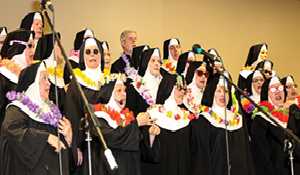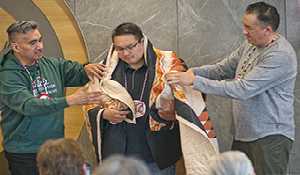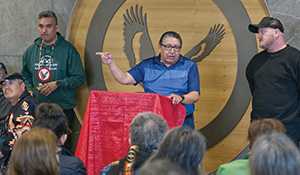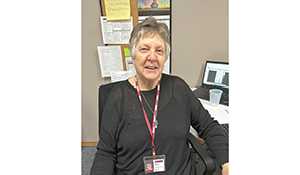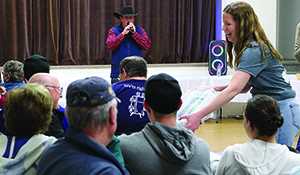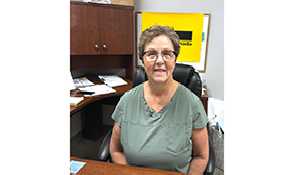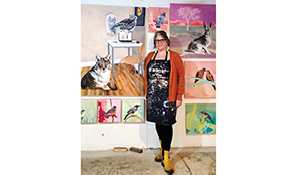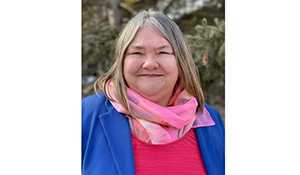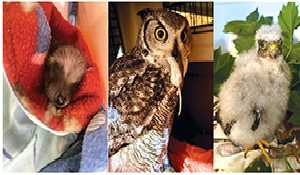Black on the Prairies being adopted across Saskatchewan schools
March 7, 2023, 4:58 pm
Sierra D'Souza Butts
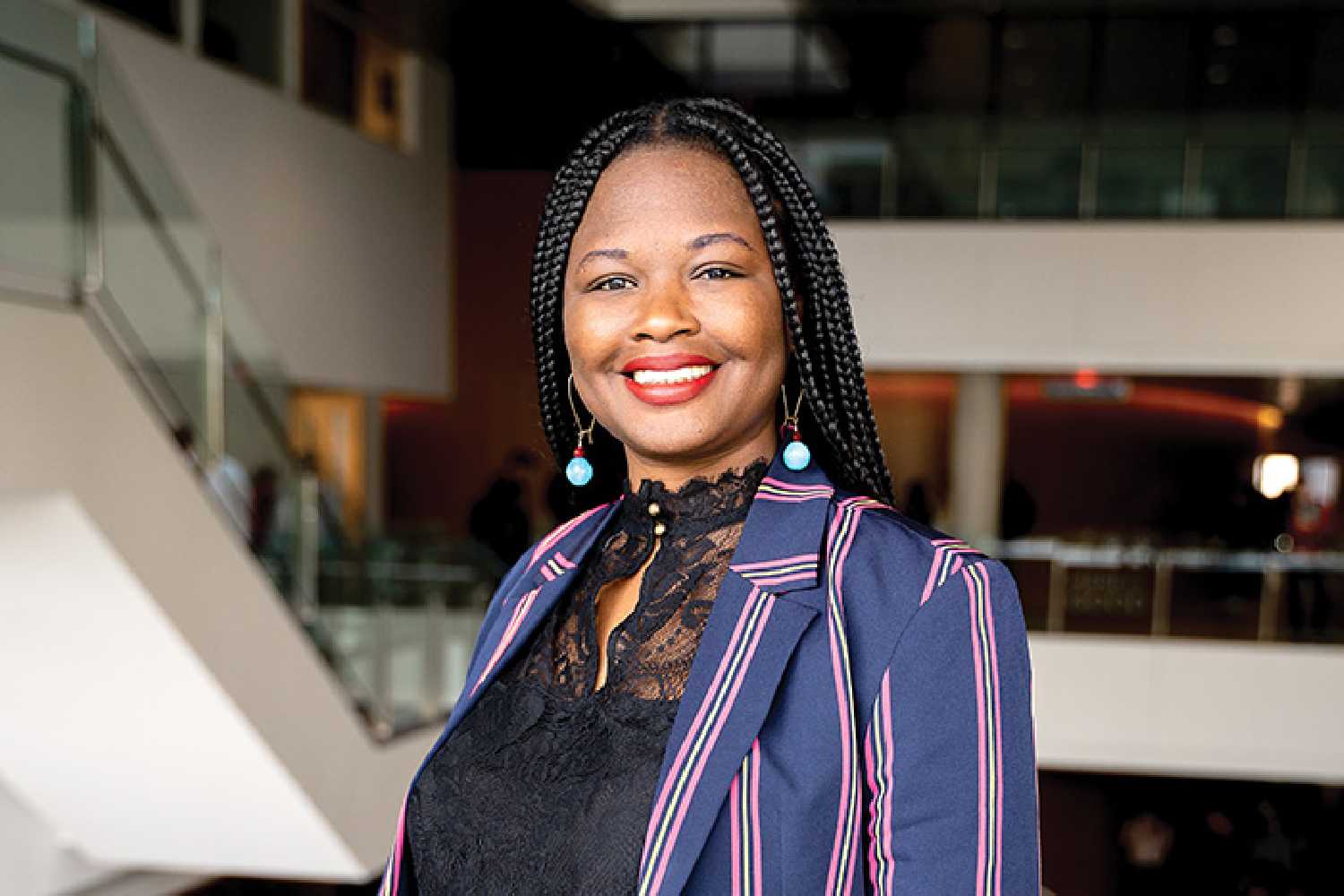

Black on the Prairies—a collection of personal essays, articles, audio stories, images and more—has now become accessible to schools and teachers across Saskatchewan to support teaching K-12 students about Black History in the Prairies.
The series is a collection of stories that explore the past, present, and future of Black life in Alberta, Saskatchewan and Manitoba, with history as far as 200 years ago.
Outlines for how teachers can include the different stories into their curriculum by grade and by subject area, has been made available to the public on the Saskatchewan Teachers Federation (STF) website.
After developing a teachers guide on the series, Omayra Issa, the co-creator and co-producer of CBC’s Black on the Prairies, said STF connected with her and a few teachers, about providing the content for schools across the province.
“Black on the Prairies is this dualistic, but also this artistic exploration of 200 years of Black presence on the Canadian Prairies,” said Issa.
“We looked at the past, the present, and the future. It became very clear through the process that we wanted the content to go to people, until we established some kind of partnership. Then we established a really successful partnership with the Saskatchewan Teachers Federation for the content to be available for students from K-12 across Saskatchewan.
“We, ourselves, built a teachers guide. We hired two Black teachers from the Alberta Black Teachers Association to create a teachers guide based on the huge amount of content that was produced over two years.
“Our partnership with the STF grew out of that teachers guide. Essentially the content of the teachers guide was something the STF was very interested in. They approached us, and they wanted to know how we can work together.
“Essentially, all Saskatchewan teachers and students can now have access to the Black on the Prairies content that can be adapted for students K-12, and is now completely available on the STF website.
“There’s modules, there’s different ways that the STF has explained it for teachers who can (now) use it effectively in their classrooms.”
Issa is an award-winning bilingual journalist with experience of working across a wide range of media platforms.
During her career, she was named one of Canada’s top 100 Black Women to watch, nominated for a YWCA Women of Distinction Award, became an Atlantic Dialogues Emerging Leader, along with being a mentor and public speaker in the field.
Growing up in Saskatchewan and working very closely on the project for over two years, Issa said it felt great to see the province’s teachers association wanting to include the series as an educational resource for students.
“It means the world to me,” she said.
“For me, I got into journalism because I wanted to make a difference because I knew that storytelling was one way that you can affect change.
“This, to me, is a positive change. I think this is a huge step forward so that all Saskatchewan students can have access to their own history. Really, at the core of it, that’s what it’s really about.”
She was asked why she thinks it is important for people who live outside of the Prairies, and for people who were not aware of the history of Black presence in the Prairies, to read the stories included in the series.
“It’s so fundamental. I think at the very core of it, stories reveal to us who we are in society as people,” said Issa.
“When we are aware of the vast diversity of stories within our community, it makes us have a better understanding of who we are. And, that’s really important.
“I think diversity is huge and fundamental in our country, and that needs to be represented in all institutions. Of course, academic institutions, such as schools, are really important for that.
“I also just think of the student that I was and the students that my two brothers were when we were going through the Saskatchewan school system years back. We didn’t have access to all of this information.
“Since we’ve published the project we’ve got tons, literally hundreds, of messages from all across the country of people from all different kinds of backgrounds, saying that they didn’t know, that they’re so grateful now they’ve learned much more about the complexity of Canadian history.”
Why is it important for youth in the Prairies to learn about Black Canadian History?
With content of Black Prairie life in Western Canada now being available to teachers to include in their lessons and curriculum, Issa spoke about how it will benefit youth who live all across Saskatchewan.
“It’s so important for so many different reasons. Number one is that Black Prairie history, is Prairie history and Canadian history,” she said.
“It’s important for teachers to be able to have access to the information.
“What we learned through the creation of the project is that a lot of the information that we brought forward, people weren’t aware of. They didn’t really have access to historical research, they didn’t have access to a lot of the journalistic work that we did. In terms of having access, it is really important.
“Also, the demographic of Saskatchewan schools are changing. With going back to migration to the Prairies, it does make sense that people see themselves represented in what they’re being taught. It absolutely is fundamental.
“I remember last year I reported on a teacher in Regina— this was one of the last stories I did before I left Saskatchewan—who took it upon himself to find content and information on Black Prairie lives, and used a lot of the work that we did.
“He actually felt like he had to do it on his own because there wasn’t necessarily a lot of things available out there.
“I think the Saskatchewan Teachers Federation going ahead with this initiative sends a huge signal to, I think, all Saskatchewan teachers, that they’re taking this important topic very seriously.
“Going back to the teacher, the whole thing was really phenomenal when I met the students he was teaching, and these were students from all different kinds of backgrounds. They were so excited to learn about Black Prairie history and Black Prairie life, and that’s so exciting.
“I went to school in Saskatchewan, I graduated from high school, and I remember going through the school system and not having any access to that information, to that knowledge.
“It was just not taught in school. I just remember feeling completely left out compared to the other students who were taught European history, and they were of European descent.
“I felt completely unseen and not represented. That actually has huge impact on students lives and peoples lives. We hope this is a corrective of that.”
With more than 30 stories being included in Black on the Prairies, Issa was asked if there were any from the series that stood out the most to her.
“How do you choose?” she said smiling.
“I’m going to choose a couple. We have more than 30 stories, which took quite a lot, but the very first piece is a piece that looks at 200 years of Black migration on the Prairies.
“There’s always a misconception that the Black presence is new on the Prairies, and to actually tell the story of Black migration through one family—in this case it was an Albertan family—was really important. I would say that one, it’s called Crossing Boundaries.
“There’s another story, that one is a poem, and its a celebration of Black Prairie women, historical and current. It’s beautifully shot.
“This was a poem by poet Titilope Sonuga. It’s a beautiful poem that I recommend anyone to go read, and to watch. We collaborated with the arts for it, they did a beautiful job with enacting the poem.
“Maybe a third one would be, there’s so many stories, but we wanted to think of the project as Black and Indigenous relation.
“You don’t always hear that there’s been long standing relationships between Black and Indigenous people on these territories. It was really important for us to look at it from a historical perspective so that people can understand, but also to look at the contemporary dynamics.
“There was another story, that I would recommend, it’s set in Saskatoon, but there’s so many stories. I would recommend people look at the entire project.”












